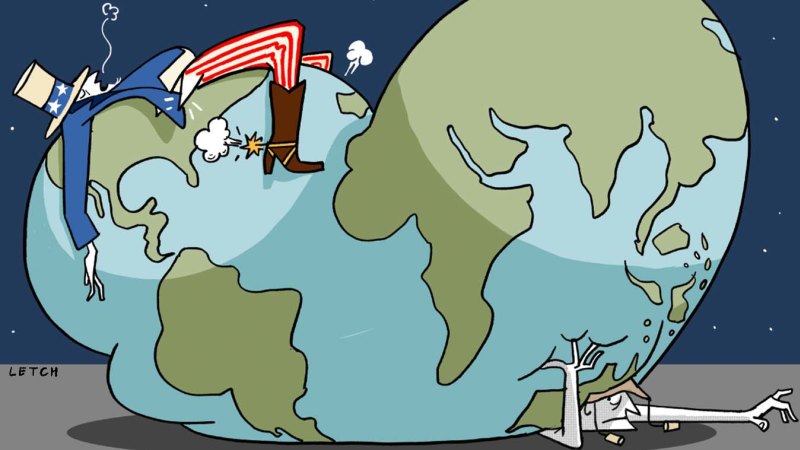China was one of the reasons why Australia kept growing through the GFC. But that was the China of win-win engagement, when it was still climbing the global income ladder and Australian prime ministers and treasurers on both sides believed we had successfully decoupled from the US economy.
Loading
While Xi Jinping’s China remains dependent on our iron ore, it can no longer be viewed as a rational economic player. It has been punishing trading partners like Australia, at the expense of both sides, while pursing a COVID-zero policy at home that is delaying the transition in its own growth model from export-led to domestic-led consumption.
In any other setting, a US-led global recession and China’s reversion to a form of Maoist isolation from the global economy would be the signal for a budget cash splash here. But while inflation rages around the world, and our domestic economy is operating at near-full employment, Chalmers can’t use fiscal policy to stimulate demand if the price of that spending is even higher interest rates.
Australia enters this dangerous phase in the cycle with its two largest state economies, NSW and Victoria, carrying multiple burdens from the pandemic. They ceded jobs and population to the frontier states, especially Queensland, during the lockdowns of 2020 and 2021, and now face a disproportionate share of the state debt burden over the rest of the decade.
This is the second dilemma for Chalmers. Australia can point to the interventions during the GFC and the pandemic with bipartisan pride – namely Labor’s pre-Christmas stimulus in 2008 and the Coalition’s JobKeeper program in 2020. But both exercises placed a debt handbrake on recovery. Public investments that would ordinarily be made in health, education, climate and transport infrastructure were deferred, or scaled back.
The cost of the GFC stimulus was borne entirely on the Commonwealth budget. The response to the pandemic was shared 60-40 with the states, based on the latest net debt tables from the Parliamentary Budget Office for each level of government.
Commonwealth net debt will more than double from $378 billion in 2018-19 (the last financial year before the shock of the coronavirus) to $865 billion by 2025-26.
The combined net debt of the states and territories will increase more than tenfold over the same period, from $35 billion to $386 billion. NSW and Victoria, which accounted for 55.8 per cent of the nation’s economic output on the eve of the pandemic, will be responsible for 80 per cent of that increase in net debt between them. In other words, the cost to Sydney and especially Melbourne of all those outbreaks compounded even after the health restrictions were removed, and internal and international borders reopened.
Here’s another way to view the realignment. NSW and Victoria held 58 per cent of the jobs between them in the national economy in March 2020, as Australia went into lockdown. They have claimed just 40 per cent of the 596,000 jobs created in net terms over the past 2½ years to September 2022 – 158,000 in NSW and 79,000 in Victoria. Queensland and Western Australia eclipsed their respective rivals to the south and east. Between them, they held 30 per cent of the nation’s jobs in March 2020 and were responsible for just over half (51 per cent) of the jobs created – 212,000 in Queensland and 93,000 in Western Australia.
Loading
The questions of the landing – how soon, how hard – will become entangled with the variable speed limits to recovery for the southern states, which rely on migration for their growth, and the frontier states, which are more dependent on mining. NSW and Victoria need the US to hold its nerve. Queensland and Western Australia can’t afford for China to withdraw even further.
While Chalmers will nudge the Commonwealth’s net debt figure down with a responsible budget on Tuesday, he will be doing so with a view to borrowing again if needs be to protect Australia from a US-led crash. Whether he has the flexibility to prop up the state budgets at the same time remains to be seen.
The Opinion newsletter is a weekly wrap of views that will challenge, champion and inform your own. Sign up here.
Stay connected with us on social media platform for instant update click here to join our Twitter, & Facebook
We are now on Telegram. Click here to join our channel (@TechiUpdate) and stay updated with the latest Technology headlines.
For all the latest Business News Click Here
For the latest news and updates, follow us on Google News.

